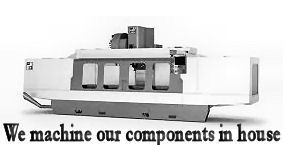Hello ! im new to the board here and have been reading for a few days about the oil mods that have been being done. I am in the process of rebuilding a 304 1979 and the block is at the machine shop now, i did not see a definate answer on what size tube and fittings are used for the oil valley mod. Also are the undersized pushrods and cam bearings worth it if i am having the other mod done? or could i do just the bearings and pushrods and not the oil valley mod?
thanks for your time
mike




 Reply With Quote
Reply With Quote






